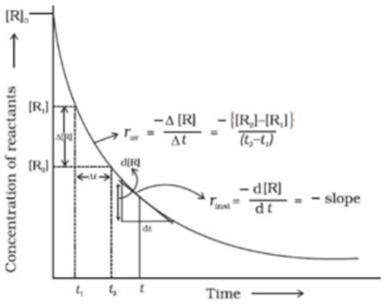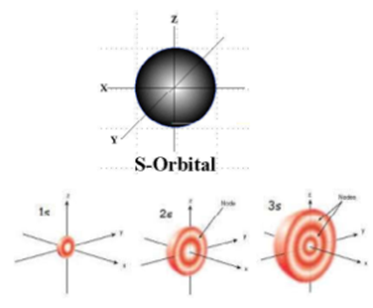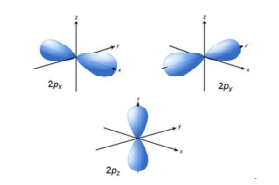Science > Chemistry > Chemical Kinetics > Introduction to Chemical Kinetics In this article, we shall discuss the concept of chemical kinetics, rate of reactions, and types of reactions on the basis of their rates. Rate of Reaction: The branch of chemistry, which deals with the rate of chemical reactions, the factors affecting the rate […]
Categories
Introduction to Chemical Kinetics
- Post author By Hemant More
- Post date July 31, 2020
- No Comments on Introduction to Chemical Kinetics

- Tags Activation energy, Arrhenius Equation, Average rate of reaction, Catalysis, Catalyst, Change of concentration, Change of pressure, Change of temperature, Chemical kinetics, Chemistry, Collision, Collision theory, Concentration, Elementary reactions, First order reaction, Half-Life of reaction, Integrated law, Integrated rate constant, Intensity of light, Law of mass action, Molecularity, Multistep reactions, Nature of solvent, No order reaction, Order of reaction, Orientation of Reacting Species, Physical chemistry, Potential energy barrier, Pressure, Rate of reaction, rate-determining step, Reaction intermediates, Surface Area of Reactant, Temperature, Zero order reaction


